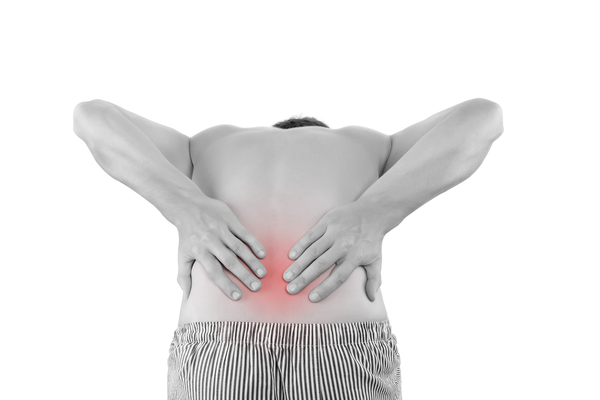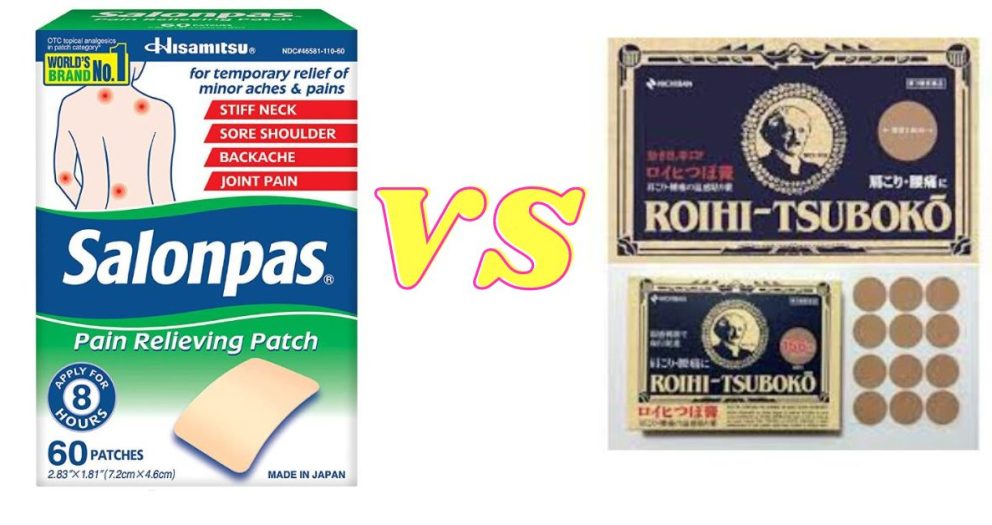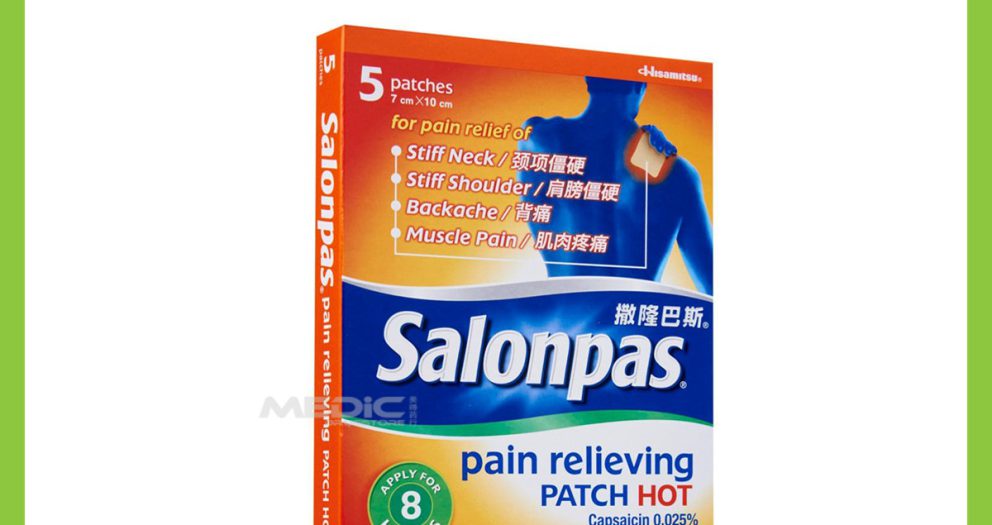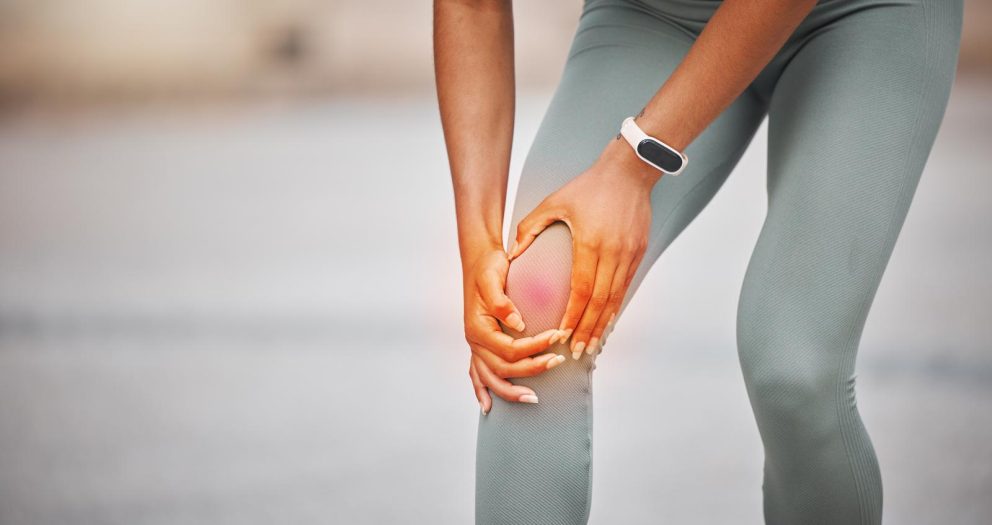Are you one of the millions of people who suffer from lower back pain? If so, you’re not alone. Lower back pain is one of the most common reasons for missed workdays and trips to the doctor. But what’s the best way to treat it: heat or ice? The debate has been ongoing for years, with proponents on both sides arguing the merits of their preferred treatment.
Some swear by the soothing relief of heat therapy, while others tout the anti-inflammatory benefits of ice therapy. So, which is it? Should you be reaching for the heating pad or the ice pack when your lower back starts acting up?
Ice therapy is generally considered more effective than heat for acute lower back pain by medical experts. Applying ice to the affected area after an acute lower back injury can help to reduce inflammation and alleviate pain, potentially speeding up the healing process.
In this article, we’ll take a closer look at the benefits of both heat and ice therapy, as well as the potential risks, and compare the two to help you decide which treatment is best for your lower back pain.
What Is Better For Lower Back Pain Heat Or Cold?
According to medical experts, ice therapy is generally considered to be a more effective treatment than heat for lower back pain resulting from an acute injury.
The Cleveland Clinic, a leading medical institution, has reported that ice therapy is the preferred option to alleviate swelling, inflammation, and pain in the early stages of an injury. In contrast, heat therapy may exacerbate the condition and cause further harm.[Source]
While both treatments can provide relief from lower back pain, it is crucial to use them appropriately and in consultation with a healthcare professional. If you have recently experienced an acute lower back injury, applying ice to the affected area is recommended to reduce inflammation and alleviate pain.
By doing so, you may be able to mitigate the severity of the injury and speed up the healing process.
Understanding Lower Back Pain
Lower back pain is a common condition that affects many people at some point in their lives. It refers to discomfort or pain that is located in the area between the bottom of the ribcage and the top of the legs. It can be mild or severe and can range from a dull ache to sharp pain. In some cases, lower back pain can be accompanied by numbness, tingling, or weakness in the legs.
Common Causes of Lower Back Pain
Lower back pain can be caused by a variety of factors, including poor posture, muscle strain, ligament sprain, disc herniation, spinal stenosis, or degenerative disc disease. It can also be the result of underlying medical conditions such as osteoporosis, arthritis, or a spinal tumor. Other factors that can contribute to lower back pain include obesity, smoking, stress, and a sedentary lifestyle.
Symptoms of Lower Back Pain
The symptoms of lower back pain can vary depending on the underlying cause of the condition. Some common symptoms of lower back pain include stiffness or tension in the lower back muscles, difficulty standing or sitting, pain that worsens with movement, and sharp or shooting pain that radiates down the legs.
In severe cases, lower back pain can lead to difficulty with bladder or bowel control, which requires immediate medical attention.
Comparing Heat and Ice Therapy
When to Use Ice Therapy
Ice therapy is generally recommended for acute lower back pain caused by an injury, such as a strain or sprain. Ice can help to reduce inflammation and alleviate pain by constricting blood vessels and slowing down the release of chemicals that cause inflammation.
Ice therapy is especially useful in the first 48 to 72 hours after an injury occurs.
When to Use Heat Therapy
Heat therapy is generally recommended for chronic lower back pain or muscle stiffness, as well as for conditions like arthritis.
Heat can help to increase blood flow to the affected area, which can promote healing and alleviate pain. Heat therapy is especially useful for stiff muscles or joints that may be causing pain or discomfort.
Alternating Heat and Ice Therapy
Alternating heat and ice therapy can be an effective way to manage lower back pain. This can help to reduce inflammation and alleviate pain, while also promoting relaxation and improved blood flow to the affected area.
However, it is important to consult with a healthcare professional before using this method, as it may not be appropriate for all individuals or conditions.
Choosing Between Heat and Ice Therapy
Choosing between heat and ice therapy can depend on the individual and their specific condition. In general, ice therapy is recommended for acute injuries, while heat therapy is recommended for chronic conditions. It is important to consult with a healthcare professional to determine the best treatment approach for your individual needs.
Potential Risks and Precautions
Both heat and ice therapy can be effective treatments for lower back pain, but it is important to use them correctly and with caution. Ice therapy should not be used for extended periods of time, as it can lead to skin damage or worsening of the condition.
Heat therapy should not be used on acute injuries, as it can increase inflammation and worsen the condition. It is also important to avoid using heat therapy if you have a fever or an open wound in the affected area.
In summary, both heat and ice therapy can be effective treatments for lower back pain, but they should be used correctly and in consultation with a healthcare professional.
Choosing the right therapy can depend on the individual and their specific condition, and alternating heat and ice therapy can also be a useful approach. It is important to follow proper precautions and to avoid using these therapies for extended periods of time to prevent skin damage or worsening of the condition.






